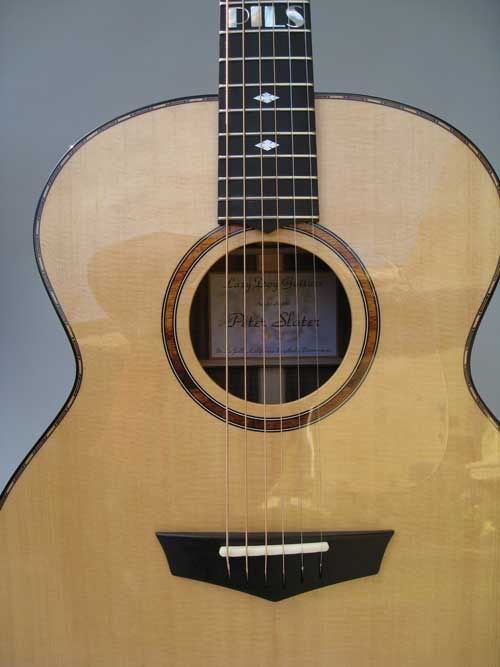I think the Ebony would be strong enough, but I'm not seeing where you are going to tie it. The treble, particularly the E, strings are fussy about staying tied, and a ball melted on the end is a good idea. I don't know if the melted ball would be strong enough to keep the string from breaking where the ball is melted on. Usually, you only depend on the ball to stop the knot from slipping. Generally the tie-block on a classical is 6 - 10mm high and 10 - 12 mm thick and bored with 6, 12, or 18 holes depending on preference. It's hard to tell from the angle of the picture of your bridge what would act as the tie-block. However, you could use beads as the ball, and tie a knot, using a figure-eight type knot that shouldn't slip, on the smaller strings. The only ball end nylons I know are the Martin Folk strings. Maybe there are others.
Dave's post was more helpful. He was posting while I was typing.
|

![Thumbs Up [:Y:]](./images/smilies/smiley20.gif)

